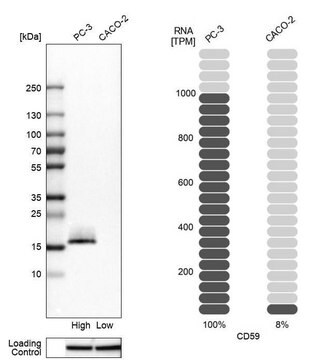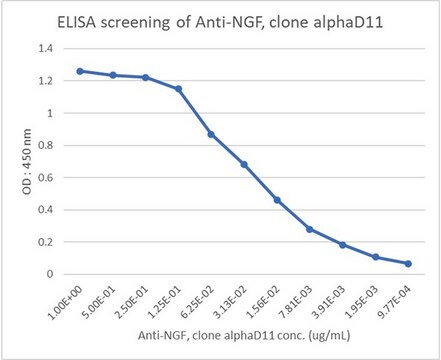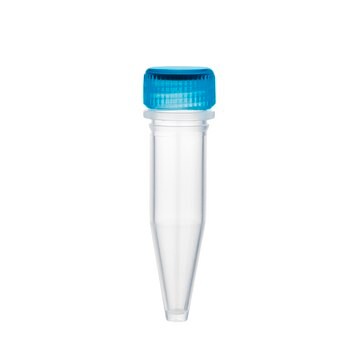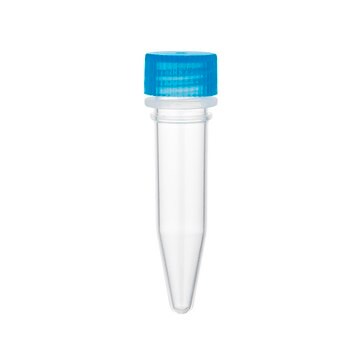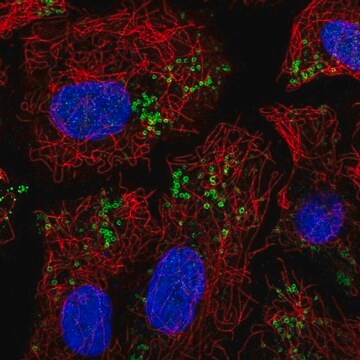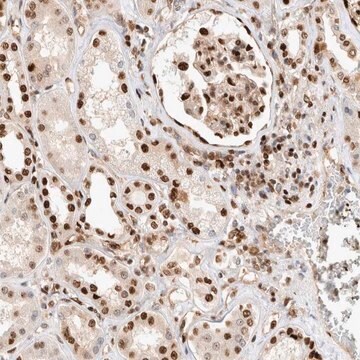SAB4700001
Monoclonal Anti-CD13 antibody produced in mouse
clone WM15, purified immunoglobulin, buffered aqueous solution
Synonym(s):
Anti-ANPEP
Sign Into View Organizational & Contract Pricing
All Photos(1)
About This Item
UNSPSC Code:
12352203
NACRES:
NA.41
Recommended Products
biological source
mouse
Quality Level
conjugate
biotin conjugate
antibody form
purified immunoglobulin
antibody product type
primary antibodies
clone
WM15, monoclonal
form
buffered aqueous solution
species reactivity
human, nonhuman primates
concentration
1 mg/mL
technique(s)
flow cytometry: suitable
immunohistochemistry: suitable
immunoprecipitation (IP): suitable
isotype
IgG1
NCBI accession no.
UniProt accession no.
shipped in
wet ice
storage temp.
2-8°C
target post-translational modification
unmodified
Gene Information
human ... ANPEP(290)
General description
The antibody WM15 recognises the human CD13 cell surface glycoprotein, a 150 kDa molecule expressed on granulocytes, endothelial cells, epithelial cells and myeloid progenitors.
Immunogen
Human AML cells
Application
The reagent is designed for Flow Cytometry analysis. Suggested working dilution for Flow Cytometry is 5 μg/mL of sample. Indicated dilution is recommended starting point for use of this product. Working concentrations should be determined by the investigator.
Features and Benefits
Evaluate our antibodies with complete peace of mind. If the antibody does not perform in your application, we will issue a full credit or replacement antibody. Learn more.
Physical form
Solution in phosphate buffered saline, pH 7.4, with 15 mM sodium azide.
Disclaimer
Unless otherwise stated in our catalog or other company documentation accompanying the product(s), our products are intended for research use only and are not to be used for any other purpose, which includes but is not limited to, unauthorized commercial uses, in vitro diagnostic uses, ex vivo or in vivo therapeutic uses or any type of consumption or application to humans or animals.
Not finding the right product?
Try our Product Selector Tool.
Storage Class Code
10 - Combustible liquids
Flash Point(F)
Not applicable
Flash Point(C)
Not applicable
Choose from one of the most recent versions:
Already Own This Product?
Find documentation for the products that you have recently purchased in the Document Library.
Scott M Thompson et al.
Cardiovascular and interventional radiology, 37(5), 1343-1351 (2014-01-24)
To investigate the potential role for CD44(+) and CD90(+) hepatocellular carcinoma (HCC) cellular subpopulations in biological response to thermal ablation-induced heat stress. This study was approved by the institutional animal care committee. The N1S1 rat HCC cell line was subjected
Jessica Saben et al.
Experimental biology and medicine (Maywood, N.J.), 239(10), 1340-1351 (2014-06-22)
The umbilical cord (UC) matrix is a source of multipotent mesenchymal stem cells (MSCs) that have adipogenic potential and thus can be a model to study adipogenesis. However, existing variability in adipocytic differentiation outcomes may be due to discrepancies in
Shen-Nien Wang et al.
Journal of gastroenterology, 49(9), 1342-1351 (2013-10-18)
Alterations of adiponectin (APN), one of the adipokines, have been associated with human cancers. However, the clinical significance and impacts of APN on hepatocellular carcinoma (HCC) remain undetermined. Using immunohistochemistry, expression patterns of APN were semiquantitatively scored and further statistically
Mikel Aristorena et al.
Journal of cell science, 127(Pt 12), 2723-2735 (2014-04-30)
Endoglin plays a crucial role in pathophysiological processes such as hereditary hemorrhagic telangiectasia (HHT), preeclampsia and cancer. Endoglin expression is upregulated during the monocyte-to-macrophage transition, but little is known about its regulation and function in these immune cells. Two different
Suchandra Chowdhury et al.
Glycoconjugate journal, 31(6-7), 523-535 (2014-10-07)
Childhood acute lymphoblastic leukaemia (ALL) originates from mutations in haematopoietic progenitor cells (HPCs). For high-risk patients, treated with intensified post-remission chemotherapy, haematopoietic stem cell (HSC) transplantation is considered. Autologous HSC transplantation needs improvisation till date. Previous studies established enhanced disease-associated
Our team of scientists has experience in all areas of research including Life Science, Material Science, Chemical Synthesis, Chromatography, Analytical and many others.
Contact Technical Service
